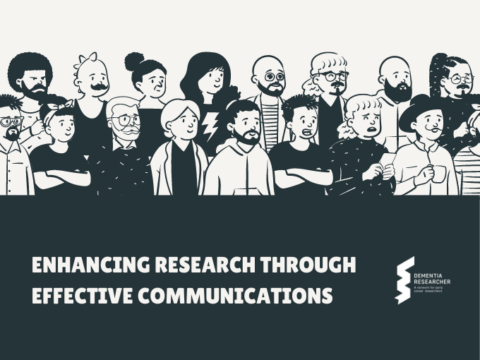
Using images that include somebody with a visible difference where this is not directly relevant to the subject matter could help challenge assumptions about disability. For example, this image could be used when sharing evidence about encouraging any young people to take part in physical activity.
In this blog, Cochrane UK’s Knowledge Brokers, Sarah Chapman and Selena Ryan-Vig, introduce new guidance for anyone who needs to choose images for a dissemination product based on any Cochrane Review, which may also be helpful for others interested in image selection, and reflect on what they’ve learned along the way. We also highlight a few examples from the guidance.
Wrinkly hands, snapped cigarette, overweight torso… We could go on. This is the tip of the iceberg of problems with images we see used in the media and that we may have used ourselves. Perhaps you wouldn’t use any of these, though the snapped cigarette, for example, which we’ve learned can trigger smoking behaviour in ex-smokers or those trying to quit, is a common image in smoking cessation campaigns and materials. Then how about images of a crying child being vaccinated, or a predominantly red image to accompany evidence on self-harm? Would you pause when choosing these? What aren’t you choosing? How much diversity are you showing across your dissemination products? What do families look like in the images you choose? Do people with visible differences only appear when the evidence is specifically about them?
These are the kind of things we’ve been grappling with as we’ve worked on producing a new checklist and guidance, “Choosing images for sharing evidence: a guide”, which is now available to all (not only Cochrane members) on the Cochrane Training website. We have found putting this together, with invaluable help from a diverse, global advisory group and other colleagues, a fascinating and instructive business. We set out to share best practice, as we understood it, and in the process have learned new things about image selection and refined our own practice. We hope to give you an appetite for exploring and using this guide, and to highlight just a few of the things we learned along the way.
It’s just a picture – isn’t it? We don’t think so!
Read the Full Blog and guidance on the Cochrane Website – Read the full guide.

 Print This Post
Print This Post




